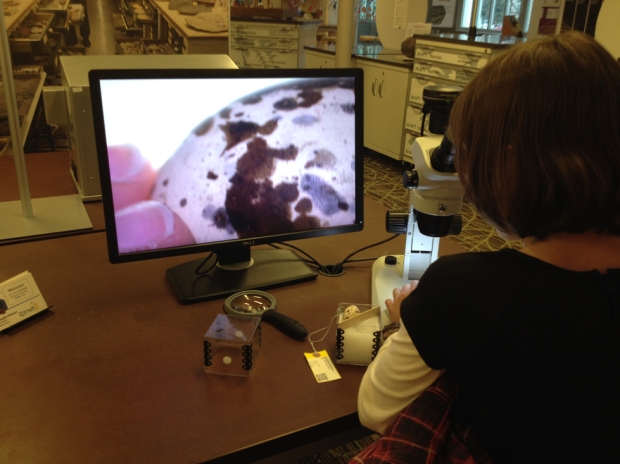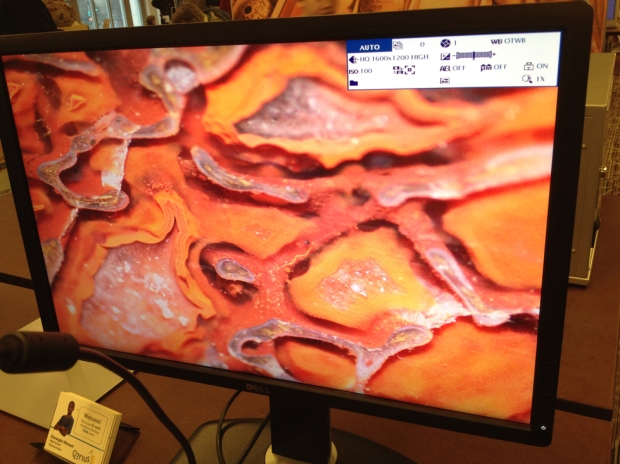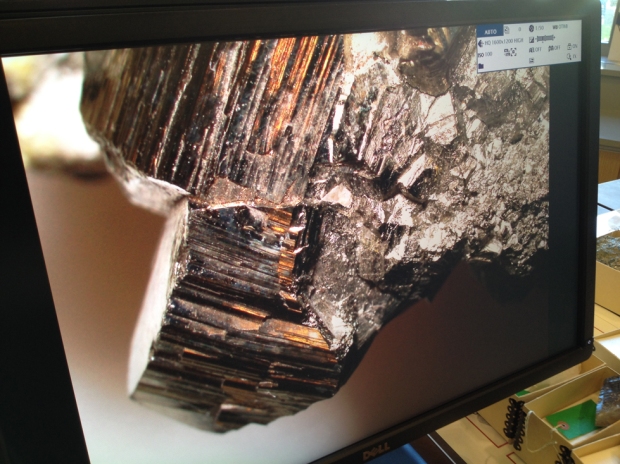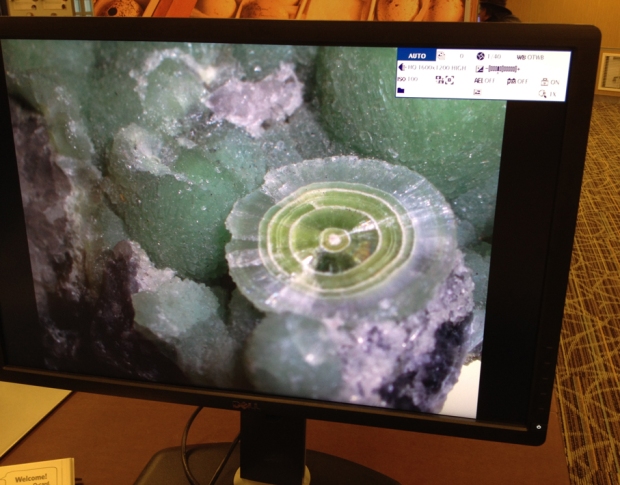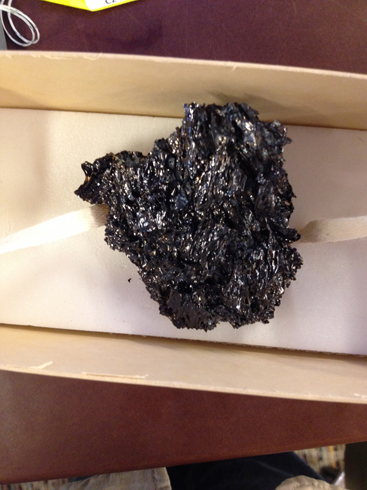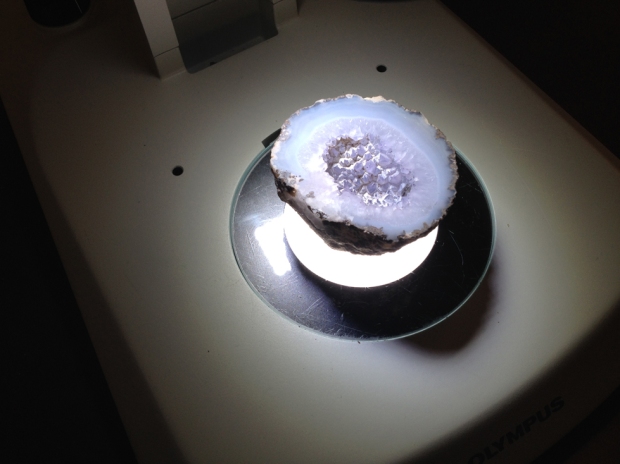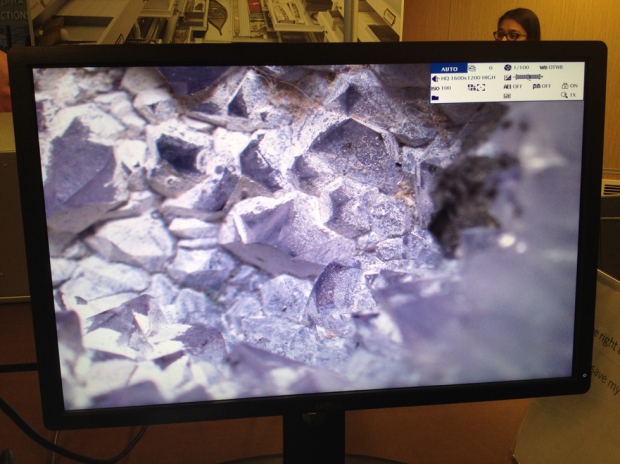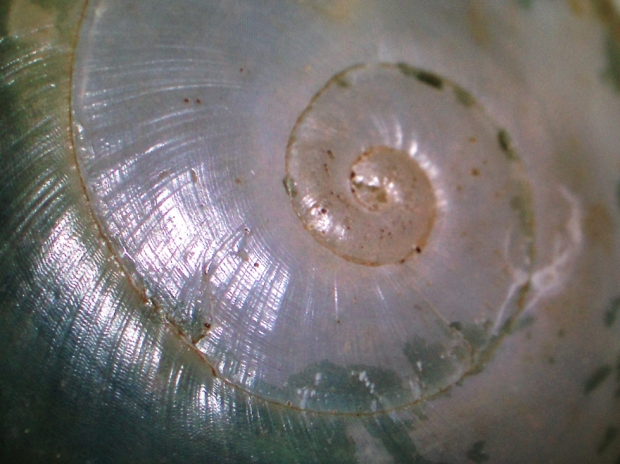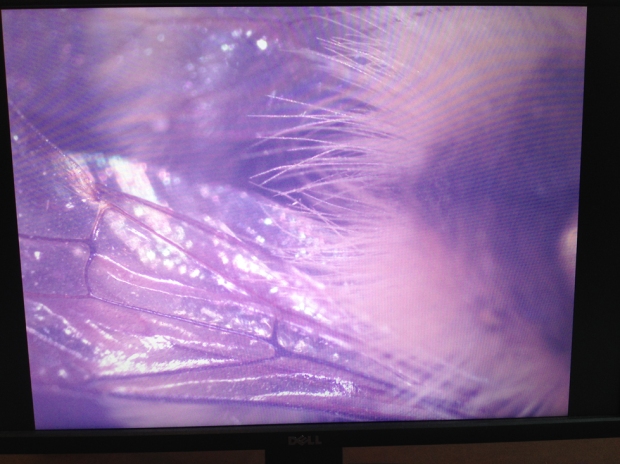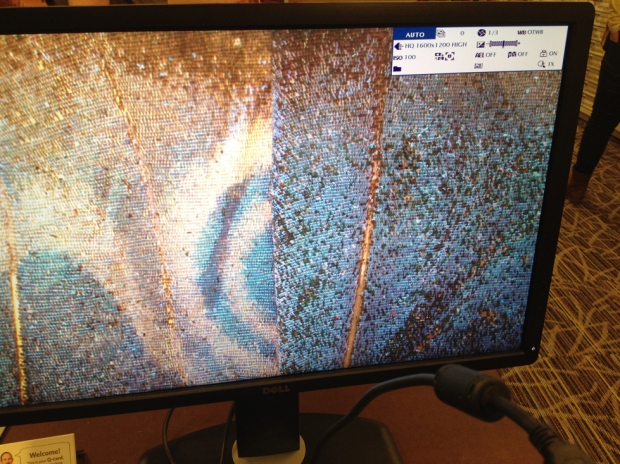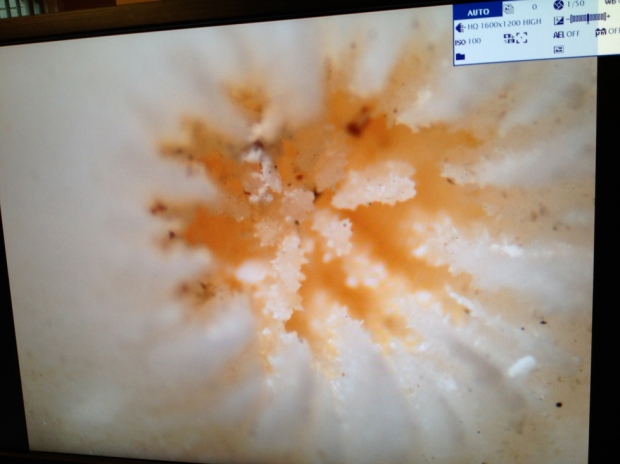I’ve been snatching moments to read Galileo’s Daughter by Dava Sobel – a biography of Galileo and his family. I only knew the elementary school basics before, and I’m finding that he was a fascinating man. It’s especially interesting to draw comparisons to today – when our models and ideas of how the world works continue to be upended by new research and calculations.
Below are some of the things I found especially fascinating about Galileo – call it a book report, if you will.
1) Galileo was his first name. I did technically know this before, but it never occurred to me to be curious about it. Why is Galileo known for his first name like Madonna or Cher, instead of his last name like Mozart or Shakespeare or Einstein?
At first I thought that maybe it was a trend of the times. But when I looked up Galileo’s contemporaries, we know them all by their last names: Shakespeare, born the same year as Galileo; Descartes, born about 30 years after Galileo was born (who held off publishing a book of his own on the Copernican system when he heard the verdict of Galileo’s trial); etc, etc. It doesn’t seem to be an Italian thing, either: Machiavelli, for example (incidentally, I learned that both Botticelli and Donatello weren’t the artists’ real names while researching this).
Fortunately, others have wondered this same question and I found a Slate article on the topic. The simple answer is: we call Galileo Galileo because that’s what he chose to be called.
2) Galileo really didn’t mean to be a rebel.
Galileo sincerely believed in Catholicism. He sincerely believed in science. And he believed that because science could never contradict religion, then any discoveries he made only served to illuminate misinterpretations of the Bible. He went out of his way to demonstrate that his theories actually helped to support the Biblical text, in particular the story of Moses asking that the sun hold still. He pointed out that many things in the Bible were not taken literally, and that it would be blasphemous to do so.
It’s worth noting here that many people in the church really thought that Galileo was a wonderful person and scientist.
3) He learned how to be a rebel from his father, as illustrated by this wonderful quote:
“It appears to me, that they who in proof of any assertion rely simply on the weight of authority, without adducing any argument in support of it, act very absurdly. I, on the contrary, wish to be allowed freely to question and freely to answer you without any sort of adulation, as well becomes those who are in search of truth.”
– Vincenzio Galilei, father to Galileo Galilei
To re-state: Galileo believed in the pursuit of knowledge. He believed that this knowledge could only enhance his appreciation of a God-made world, and that to stifle the exploration of science could only support blasphemy.
4) At the same time, Galileo was great at flattery. It helped when you had something he wanted … like the ability to give him an appointment as the Chief Mathematician of the University of Pisa and Philosopher and Mathematician to the Grand Duke:
“Your highness … scarcely have the immortal graces of your soul begun to shine forth on Earth than bright stars offer themselves in the heavens which, like tongues, will speak of and celebrate your most excellent virtues for all time…”
Incidentally, Galileo’s dedication of the moons of Jupiter (as described in the quote above) to the Grand Duke also helped his business, because when other scientists questioned whether these celestial bodies existed at all, Galileo naturally had to supply them with his superior, homemade telescopes – to protect the Grand Duke’s honor.
5) Art and science were far more entwined in Galileo’s time than in the modern day. Part of what fascinates me about Galileo is that all of his great discoveries were simply the result of him following tangents that interested him. His interests led him to invent a compass, improve the telescope, discover the moons of Jupiter, study poetry, develop a compound microscope, design an early thermometer, study how things could float in water, develop a prototype for pendulum clocks and much more.
6) At the same time, Galileo had an uphill battle to use mathematics – his true love – in the world of science.
“I hear my adversaries shouting in my ears that … geometers [mathematicians] should stick to their fantasies and not get entangled in philosophical matters [physical sciences] … as if … anyone who knows geometry cannot know physics, and cannot reason about and deal with physical matters physically!” – Galileo
In Galileo’s time, science was driven by Aristotle’s observations hundreds of years before. To put it even more bluntly: science was driven by observations, period. The idea of using mathematics to support – or even derive – hypotheses was extremely iffy. Aristotelian science pretty much said that Nature was too chaotic to follow mathematical rules. One of the reasons that Galileo was able to gain some credence – and notoriety – advancing Copernicus’ theory of a Sun-centered universe was that Copernicus had only used mathematics. Galileo waited for years after learning Copernicus’s theory that the Earth moved around the Sun so that he could use observations, not just math. He was able to show how what you saw through his telescope paired with his mathematical logic to support his conclusions. This, along with the next item, were partial contributors to Galileo’s run-in with the Church. He also just had bad timing: Copernicus didn’t publish his theories until he was literally on his deathbed, and the Church passed edicts shortly thereafter that essentially outlawed any science that contradicted the Church’s interpretation of the Bible.
7) Galileo believed that education was for laypeople as well as high society.
This was another reason that he had the religious and scientific communities up in arms: he wrote some of his books in Italian instead of Latin – so that everyone could read it, not just scholars. He argued that it was unfair that only those who could afford to attend university had access to knowledge, arguing that laypeople had both, “Eyes with which to see her [Nature’s] works … also … brains capable of penetrating and understanding them.” As one of the Church scholars wrote, “He writes in Italian … to entice to that view common people in whom errors very easily take root.”
Further, Galileo published some of his arguments in the form of a play, poking fun at the opposition by demonstrating (through his characters) that even uneducated peasants could see that his opponents’ arguments were ridiculous.
8) Galileo wasn’t just a mind walking around on top of a body.
Galileo lived in a time when, similar to today, intellectualism was considered its own work if you could afford it. But Galileo enjoyed using his hands as much as his mind. A story goes that Galileo had unexpected visitors one day while he was gardening. Asked why he didn’t hire someone to do the manual labor, he replied, “No, no; I should lose the pleasure. If I thought it as much fun to have things done as it is to do them, I’d be glad to.” He also made sure to use real life applications in his writing. For instance, he explained how a 45-degree angle was optimal for shooting long-distance cannon fire, or how building boats in larger sizes impacted their structural integrity. This drastically changed the tone of physics; instead of trying to explain why things happened, he instead explored how they happened. This changed the focus of physics from 50,000-foot philosophy to on-the-ground, applied research that allowed the natural laws of the world to reveal themselves through their impacts.
He was also very much a family man; he and his daughter exchanged frequent letters and Galileo took on many of the finances for his brother, sisters, and children.
9) Galileo played by the rules. He really did (up until he was condemned by the Church). When the Church said that Copernicus’s theories were unmentionable, he desisted from mentioning them again in his writings until a new Pope was voted in who was more open to it. He carefully floated his ideas past this Pope before proceeding with his writing. When the Church said that he could publish about Copernicus’s theories so long as it was made clear that they were only hypotheses and not facts, he took care to do exactly that. His writing was proofread by the Church itself and approved.
So when Galileo ran into trouble – upon the publication of his Dialogue, which depicted three friends exploring the Ariostotelian and Copernican systems of the universe – it wasn’t because he’d gone behind Rome’s back or published anything without permission. It was simply that the Pope was having a bad month, had been accused of being too lax in enforcing the Catholic faith, and certain advisers counseled him that Galileo’s book was a personal insult.
Now …. did Galileo’s book basically argue that the Copernican approach was correct? Yes. But still – he had gone through all the correct channels to have his book approved and published. It would be inaccurate to say that the Church changed its mind – rather, those who were against Galileo gained the upper hand shortly after the publication of his Dialogue, which was most unfortunate timing.
There is an irony here: as soon as word spread from Rome that Galileo’s Dialogue had been banned, a fierce Black Market trade of the book sprung up. The book became more valuable, and gained both more readers and more “converts” to the Copernican system, inside of and outside of Italy.
The Church didn’t retract its ban on books teaching the Copernican theory until 1757, but the Dialogue remained banned until 1822.
10) Galileo inspired Newton’s laws of motion. Galileo was heartbroken after the Church pronounced him guilty of heresy, but his friends slowly drew him back into his projects. He refocused his energy on a project that he had allowed to lapse for most of his career: studying the laws of motion. The last book Galileo published, Discourses and Mathematical Demonstrations Concerning Two New Sciences, informed Newton’s later ideas on his laws of motion and universal gravitation. Interestingly, Galileo considered Two New Sciences to be his most important work. It nearly wasn’t published; after the Church condemned Galileo, it forbade the printing of any of his books. A Dutch publisher had to covertly visit Galileo to get his manuscript. Galileo later feigned surprise that his Two New Sciences had ever found its way to Holland, and claimed that he had not been informed of the printing until it was already underway.
On a related note, Einstein is quoted as having named Galileo the father of modern physics because of the way that he incorporated mathematics into his approach.
All in all – Galileo’s Daughter is a fascinating book, and I highly recommend it. I’m intrigued to find a book on Vincenzio Viviani when I have the opportunity. Viviani was Galileo’s student and fiercely loyal to him; we have him to thank for much of what we know of Galileo’s life and works, and his family is responsible for the eventual placement of Galileo’s body in its final, honored resting place.
